AO Edited
Tower Hamlets Cemetery Park
A historic London cemetery now serves as a nature park incorporating gravestones & memorial statues.
Built as one of London’s “Magnificent Seven” Victorian-era park-cemeteries, Tower Hamlets Cemetery opened in 1841 on 27 acres to accommodate burials of all denominations, opening in 1841 and closing for burials in 1966
Comprised of Kensal Green, Highgate, West Norwood, Abney Park, Nunhead, Brompton, and Tower Hamlets cemeteries, the Magnificent Seven were created in 1832 as part of an effort to move burials out of the City of London in response to the twin pressures of health concerns about overcrowded churchyard cemeteries and desires for buildable land in the rapidly expanding city.
Tower Hamlets quickly became a popular place to spend eternity, with an estimated 247,000 burials by 1885, and stories of mass graves dug forty feet deep. Like many of the city’s great cemeteries, over the course of decades, it fell into a state of neglect and disrepair. Adding to the problems, the site was bombed during WWII – shrapnel damage can still be seen.
After many years of uncertainty, the park was declared a Nature Reserve in 2000, and now serves as an open-air nature classroom for local students.
An immersive app called Let’s Get Lost is a site-specific sonic artwork created for the cemetery. It allows visitors to wander around, walking in and out of sounds and stories that are triggered using GPS.
Some notable people from history who were buried here include Dr. Rees Ralph Llewellyn (the surgeon who performed the autopsies on the victims of “Jack the Ripper”), Clara Grant (an educator and social reformer), and Charles Jamroch (a Victorian animal collector).

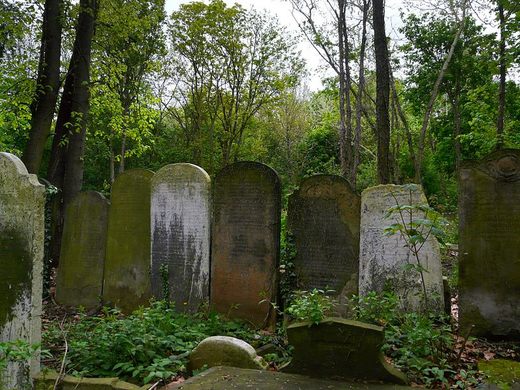
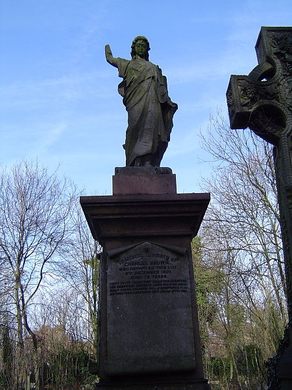

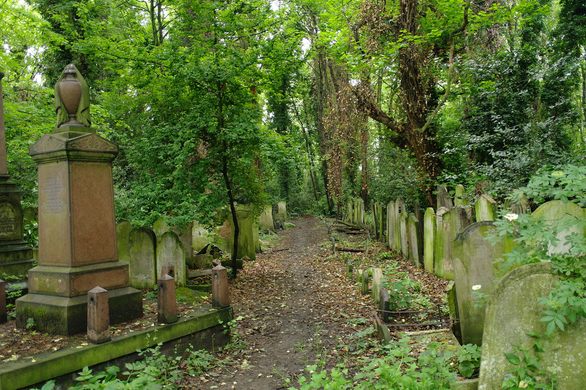



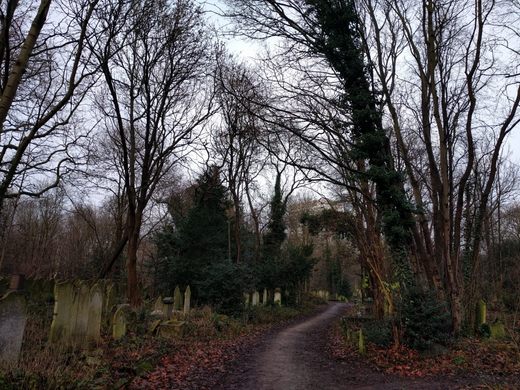

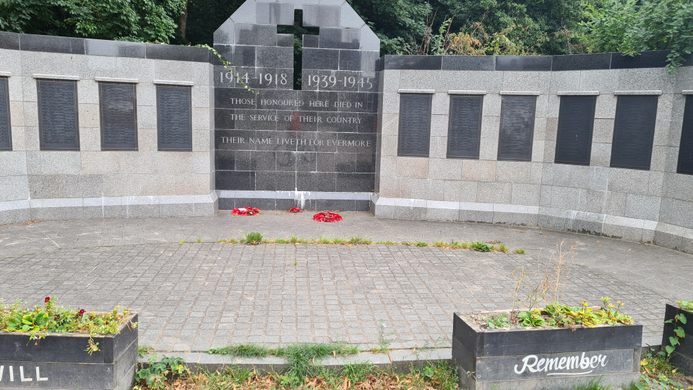
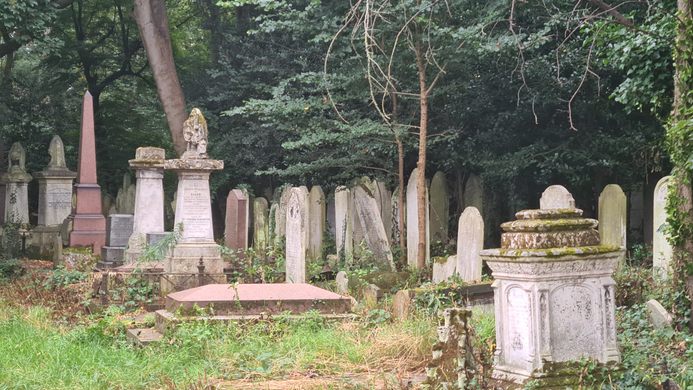
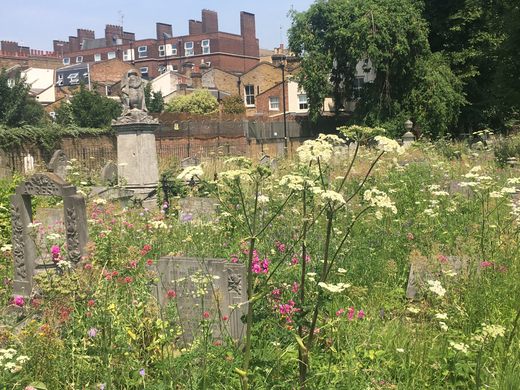

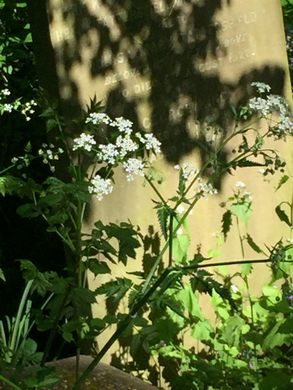
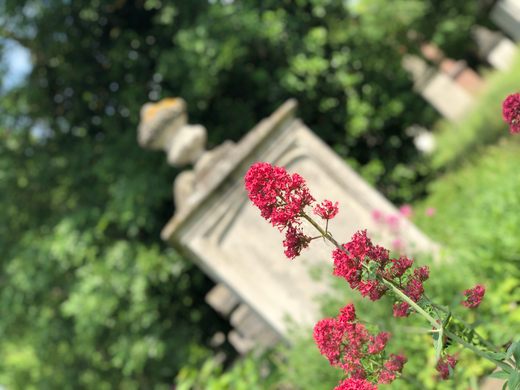
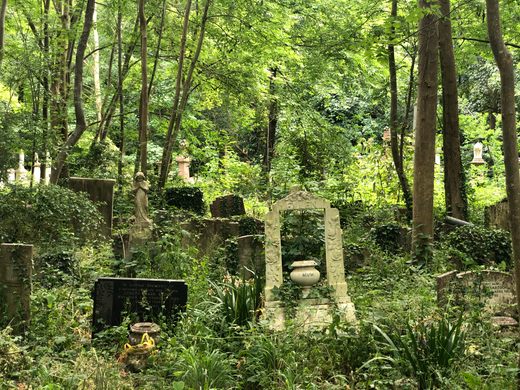

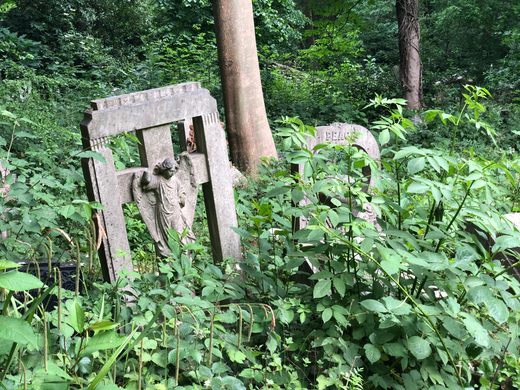
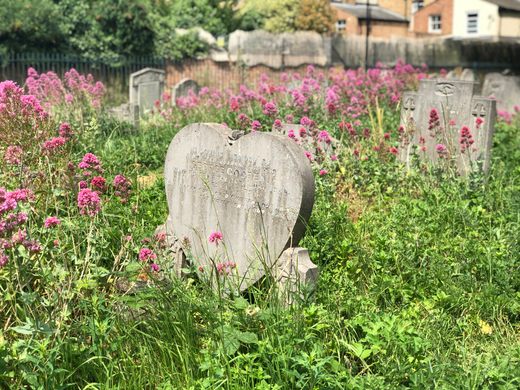
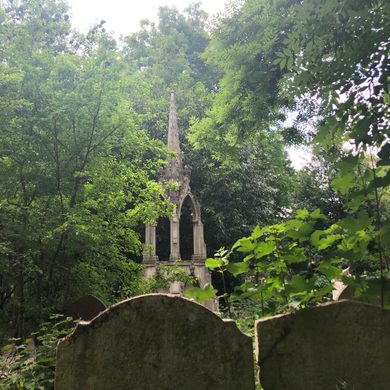
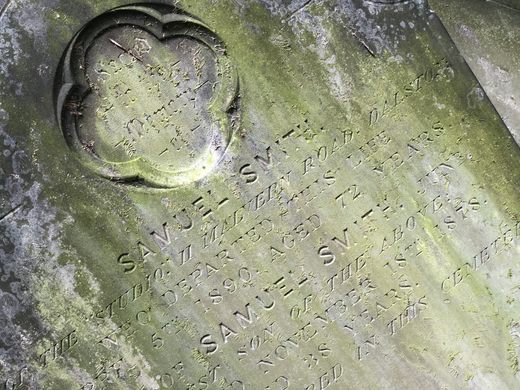
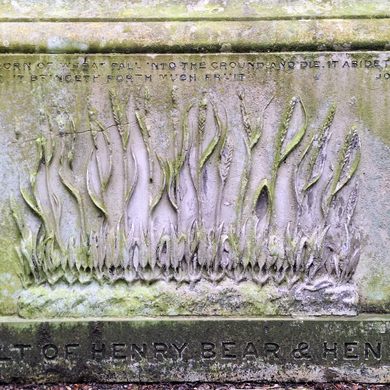
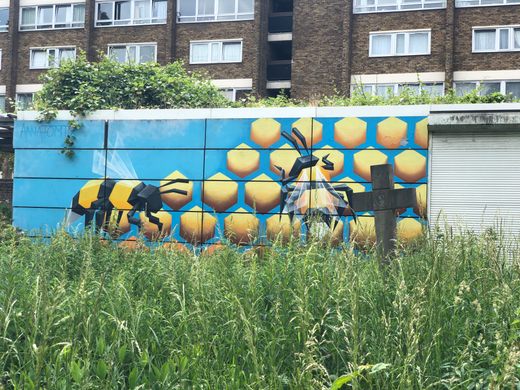
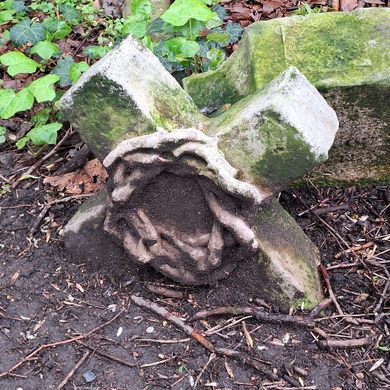
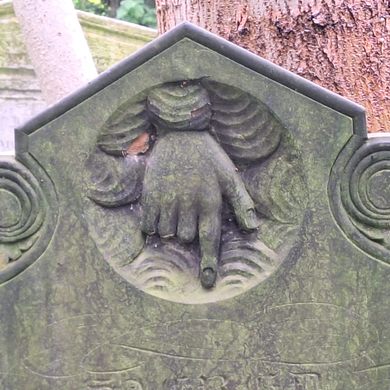
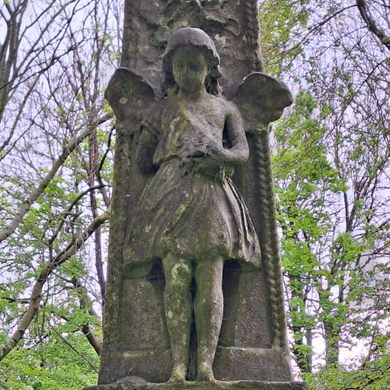
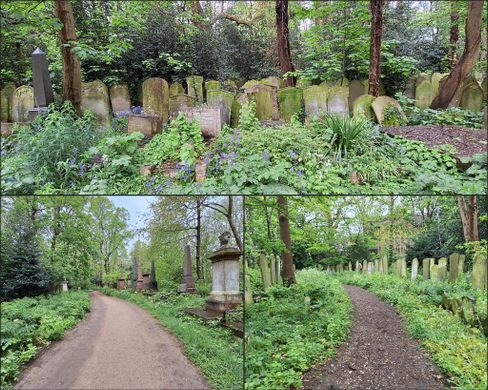
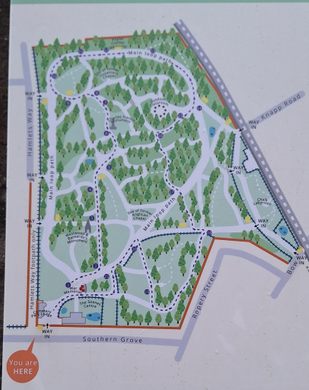




















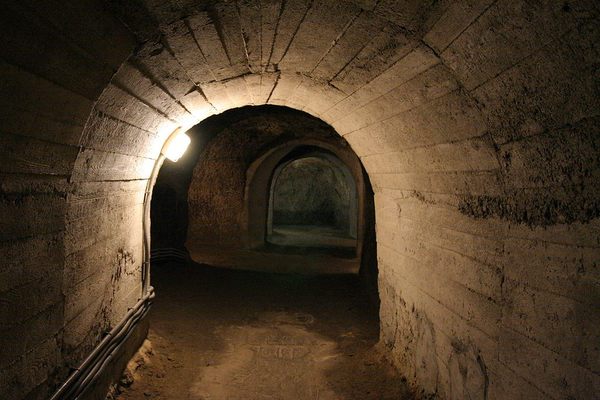



Follow us on Twitter to get the latest on the world's hidden wonders.
Like us on Facebook to get the latest on the world's hidden wonders.
Follow us on Twitter Like us on Facebook